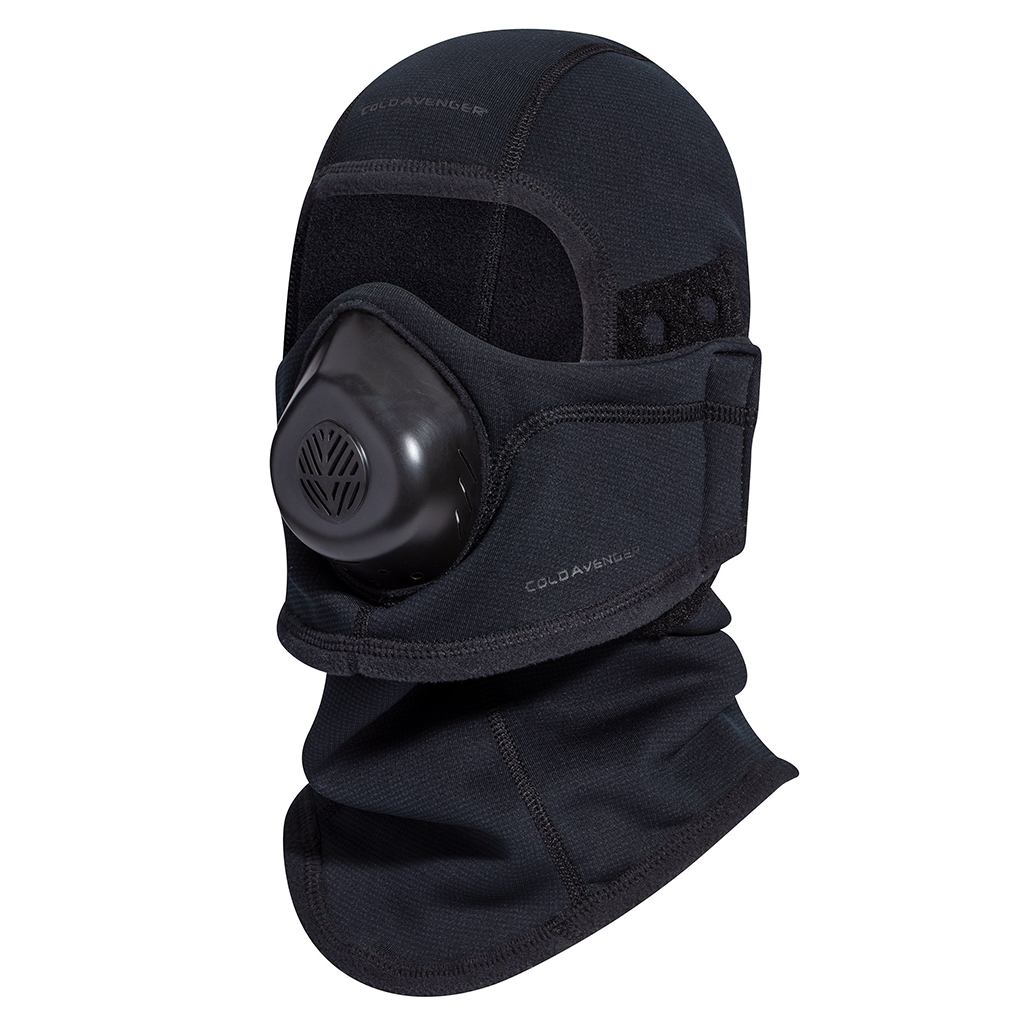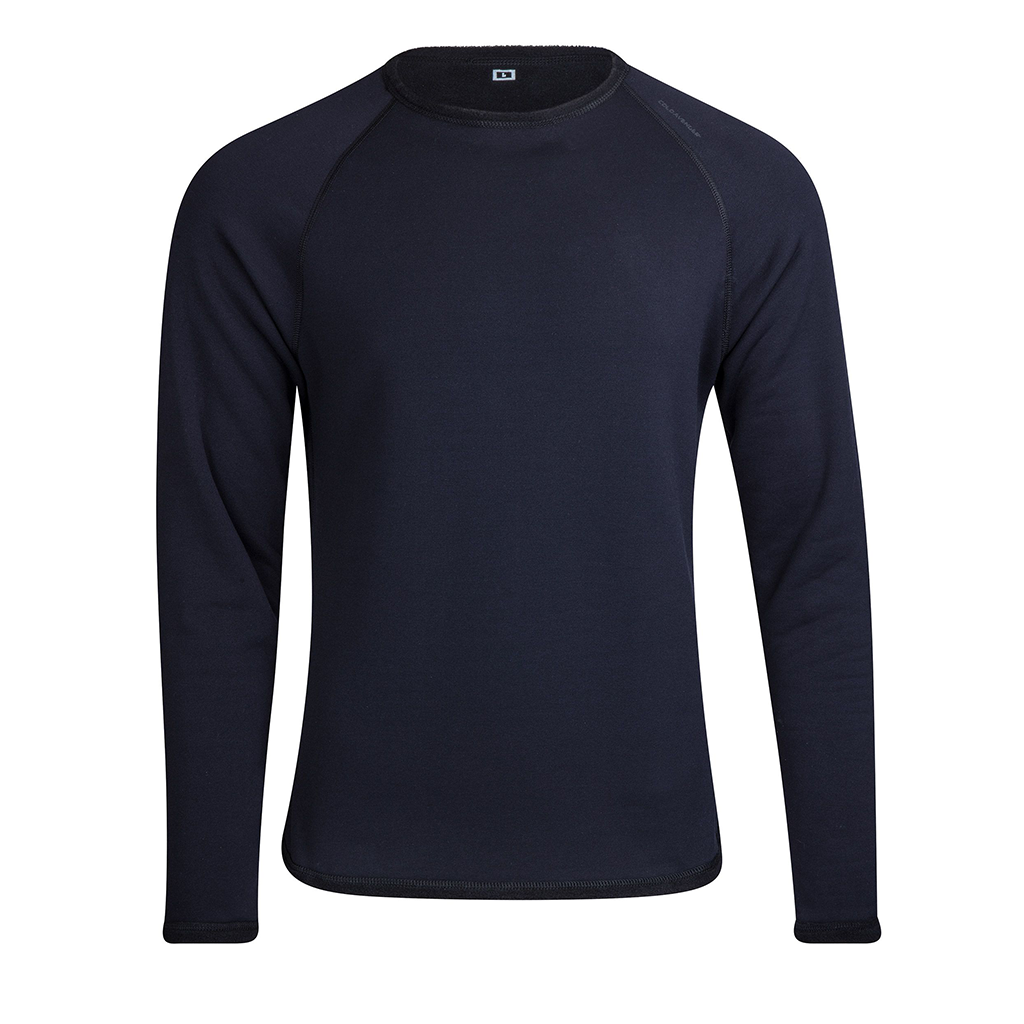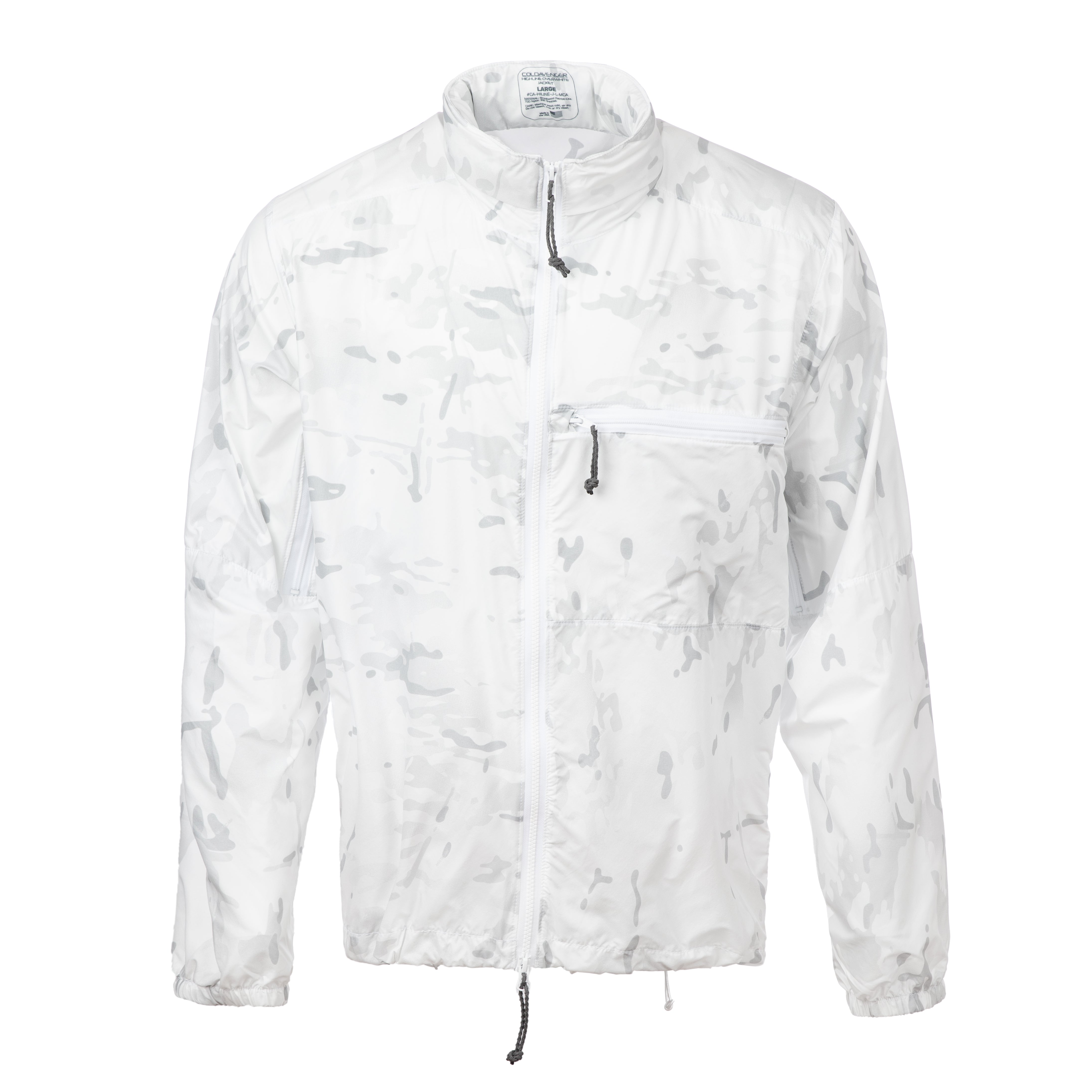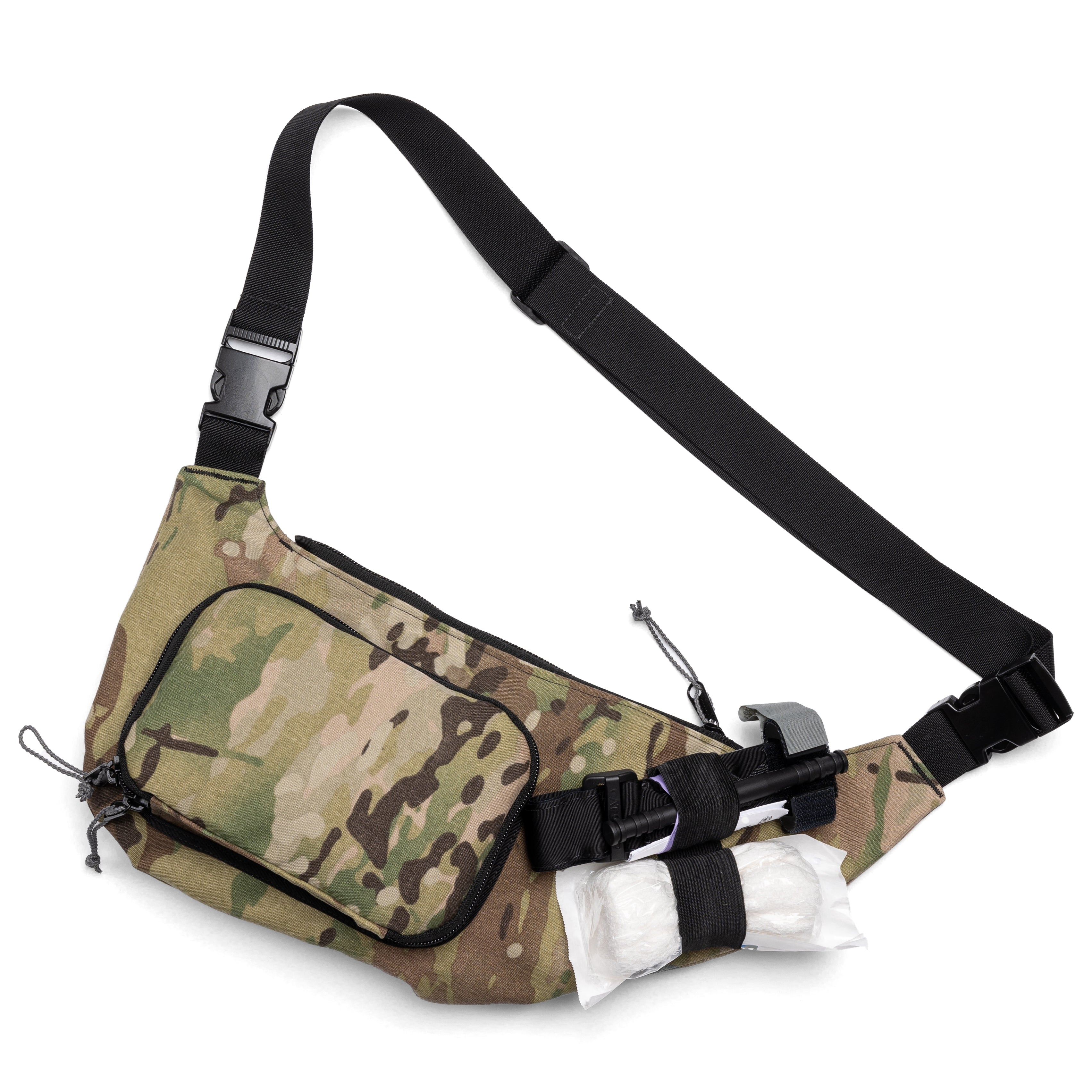Prolonged exposure to cold air can present a serious threat to the body's vital organs and systems.
The body uses a few different means to protect itself from cold air, the first lines of defense being the nose, mucus system, and lungs.
The nose helps protect the lungs by adding moisture and increasing temperature to inhaled air. When a person is exposed to cold temperatures, the tissue lining the nose swells as the capillaries open. This brings warm blood to the nose to heat the cold air. In fact, often it's too much blood in the nose (not increased mucus) which results in nasal congestion.
The body's next defense against cold air is the mucus lining in the airways. The mucus lining acts as a barrier protecting the airways from dangerous particles and organisms, including bacteria that can cause the common cold and other airway infections. As the mucus lining in the airways is exposed to cold air it thickens through inflammation and dehydration and can block airways. Cold can incite inflammation and airway swelling leading to asthma.
If cold air does reach the lungs despite the body's natural nose and mucus defenses, the lungs may react by releasing histamine and other inflammatory mediators. Histamine is a natural chemical often released by the body during allergic reactions. In people with sensitive airways or asthma this causes wheezing.
On average, a human breathes 1,100 times per hour, with each breath measuring about one liter in volume and requiring humidification to keep the lungs and airway from drying. When inhaled air is cold, the body works to heat the air to 98°F and humidify it to 100%. This extra work represents a significant effort and heat loss to the body.
By passively humidifying and gently warming inhaled air with a ColdAvenger face mask, lungs are protected from the damaging effects of dry/cold air.







